Web-based training
Developing Applications in IBM Business Process Manager Advanced V8.5.7 - II - ZB861G
This course is also available as classroom course Developing Applications in IBM Business Process Manager Advanced V8.5.7 - II (WB860G).

Description
This course continues to build the skills and concepts that are learned in courses Developing Applications in IBM Business Process Manager Advanced V8.5.7 - I (WB860G) and Developing Applications in IBM Business Process Manager Advanced V8.5.7 - I (ZB860G). Those courses introduced the service-oriented architecture (SOA) approach to business process management (BPM), and covered how to build a basic process integration solution. In this course, you learn how to extend the functionality of that solution to accommodate more process integration scenarios.
Through presentations and hands-on lab exercises, you learn about the Service Component Architecture (SCA) programming model and runtime environment, XML (business object) support, Business Process Execution Language (BPEL) handlers, business state machines, and SCA transactions. You also learn about business process dynamicity and flexibility, relationships, and mediation primitives. Other topics include creating versions of SCA components, test environment capabilities, and approaches to securing SCA applications.
You use the IBM Process Center repository to add process model artifacts in a complete and integrated development solution. You learn how to apply governance to process applications.
In addition, you use IBM Integration Designer to design, develop, and test comprehensive process integration solutions that use the SCA programming model, the Service Data Object (SDO) data model, and the mediation flow programming model. You learn how to deploy these solutions to the IBM Process Server runtime environment, maintain them in the IBM Process Center repository, and test them in the IBM Integration Designer test environment.
The course also covers how to use the tools of IBM Business Process Manager for iterative (model-driven) application development. For example, you learn how to develop a process diagram in IBM Process Designer, store it in the IBM Process Center repository, and associate it with modules and libraries in IBM Integration Designer.
The lab environment for this course uses the Windows 2012 server R2 64-bit platform.
For information about other related courses, see the IBM Training website:
ibm.com/training
If you are enrolling in a Self Paced Virtual Classroom or Web Based Training course, before you enroll, please review the Self-Paced Virtual Classes and Web-Based Training Classes on our Terms and Conditions page, as well as the system requirements, to ensure that your system meets the minimum requirements for this course. http://www.ibm.com/training/terms
Course introduction
Introduction to IBM Business Process Manager V8.5.7
Exercise: Using iterative development to create applications
Course business scenario
Version control and testing of SCA applications
Exercise: Version control for SCA applications
SCA bindings, the SCA runtime, and SCA quality of service qualifiers
Exercise: Working with SCA bindings and qualifiers
Fault handlers
Exercise: Applying fault handlers
WS-BPEL compensation and event handlers
Exercise: Applying a compensation handler to WS-BPEL
Business state machines
Exercise: Working with business state machines
Transactional behavior of SCA applications
Exercise: Defining transactional behavior in SCA applications
Business process flexibility
Exercise: Creating flexible business processes
Relationships
Exercise: Working with static relationships
Mediation primitives
Exercise: Implementing a mediation flow
Mediation flow control
Exercise: Writing a generic error handler for IBM Process Server
Security
Exercise: Implementing security
Governance of process applications
Exercise: Applying governance to process applications
Integrating with IBM Business Process Manager
Exercise: Integrating other applications with IBM Integration Designer
Course summary
Aim
Create and modify an application by using iterative, model-driven development
Develop a business process diagram in IBM Process Designer
Work with a process application snapshot in IBM Integration Designer
Associate IBM Integration Designer artifacts with a process application snapshot
Use artifacts from an IBM Integration Designer library in a business process diagram
Implement and deploy SCA modules and libraries that contain version information
Use the serviceDeploy tool to install versioned modules in an IBM Process Server profile
Enable cross-component trace to follow the invocation sequences between SCA applications to diagnose and repair an application failure
Implement the event sequencing quality of service qualifier in an application
Implement a WebSphere MQ import in an application
Implement a fault handler and compensation handler in a business process
Examine and test a business state machine
Examine the transaction propagation settings and transaction quality of service qualifier settings for an application
Implement a selector component and dynamically navigate a business process instance at run time
Implement a static (lookup) relationship
Create a service aggregation mediation flow by using several pre-built mediation primitives
Create a reusable mediation subflow that contains error handling primitives
Configure security quality of service qualifiers and implement role-based security for human tasks and business processes
Apply governance to process applications
Configure IBM Business Process Manager Advanced tools for integration with other applications, such as IBM Business Monitor
Participant requirements
Before taking this course, you should successfully complete Developing Applications in IBM Business Process Manager Advanced V8.5.7 - I (WB860G) or Developing Applications in IBM Business Process Manager Advanced V8.5.7 - I (ZB860G). You should also have:
Basic Java and Java 2 Platform, Enterprise Edition (Java EE) skills
Experience with, or prior education on, WebSphere Application Server, or experience with Rational Application Developer
Basic Extensible Markup Language (XML) skills
Participant
This course is designed for integration developers and other application development specialists.






